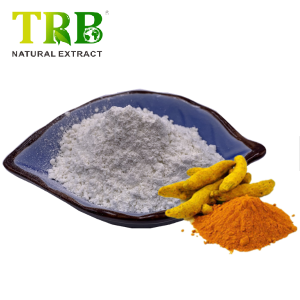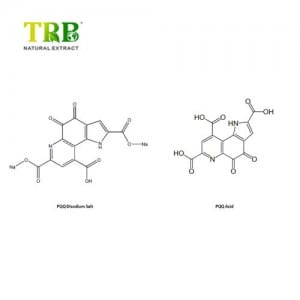Product Name:PRL-8-53
Other Name:Methyl 3-(2-(benzylmethylamino)ethyl)benzoate hydrochloride
3-(2-benzylmethylaminoethyl) benzoic acid methyl ester hydrochloride
3-(2-(Methyl(phenylmethyl)amino)ethyl)benzoic acid methyl ester hydrochloride
CAS Number : 51352-87-5
Assay : 98%
Appearance: White powder
PRL-8-53: A Synthetic Nootropic for Memory Enhancement
Introduction
PRL-8-53 (methyl 3-(2-(benzyl(methyl)amino)ethyl)benzoate) is a synthetic cognitive enhancer first synthesized in the 1970s by Dr. Nikolaus Hansl at Creighton University . Initially developed to improve memory and learning, it has garnered interest in the nootropic community for its potential to enhance verbal retention and long-term memory . Despite limited human studies, anecdotal reports and early research suggest its efficacy in cognitive optimization .
Key Benefits
- Memory Enhancement:
- The only human trial (1978) demonstrated that a single 5 mg dose significantly improved short-term memory, particularly in individuals over 30 or with baseline cognitive deficits. Participants recalled 8.6 words vs. 7.1 words in the placebo group, with some showing over 200% improvement in numeric retention .
- Animal studies indicate enhanced avoidance learning and neuroprotective effects .
- Neurotransmitter Modulation:
- PRL-8-53 may increase acetylcholine and dopamine levels, supporting focus and motivation, while also influencing serotonin for mood regulation .
- Potential Anti-Aging Effects:
- Early data suggest it may mitigate age-related cognitive decline, with older participants showing greater memory improvements .
Dosage Recommendations
- Human Studies: A single 5 mg dose is the only clinically tested regimen, showing no adverse effects .
- Anecdotal Use: Users often take 5–20 mg daily, though higher doses lack safety validation .
- Weight-Based Guidance: Patent documents suggest 0.01–4 mg/kg, with an optimal range of 0.05–1.2 mg/kg .
Safety Profile
- Short-Term Use: No side effects were reported in the 1978 trial . Animal studies indicate low toxicity (oral LD50 in mice: 860 mg/kg) .
- Long-Term Risks: Unknown due to lack of extended research. Caution is advised for chronic use .
Mechanism of Action
PRL-8-53’s exact mechanisms remain unclear but likely involve:
- Cholinergic Activation: Enhancing acetylcholine signaling for memory formation .
- Dopaminergic and Serotonergic Effects: Boosting motivation and mood .
- Synergistic Potential: Anecdotal reports suggest stacking with racetams (e.g., Noopept), though interactions are unstudied .
Purchasing Information
- Purity & Form: Available as ≥97% pure crystalline solid (CAS 51352-87-5) from suppliers like Cayman Chemical and Science.Bio .
- Price: Approximately $34.99 per gram, with doses as low as 5 mg/day offering cost-effective cognitive support .
- Legal Status: Unregulated in the US and EU, classified for research use only .
Conclusion
PRL-8-53 presents a compelling yet experimental option for memory enhancement, supported by limited but promising research. While its safety profile in short-term use is favorable, the absence of long-term data necessitates cautious adoption. Always consult a healthcare provider before use, especially if combining with other nootropics.







